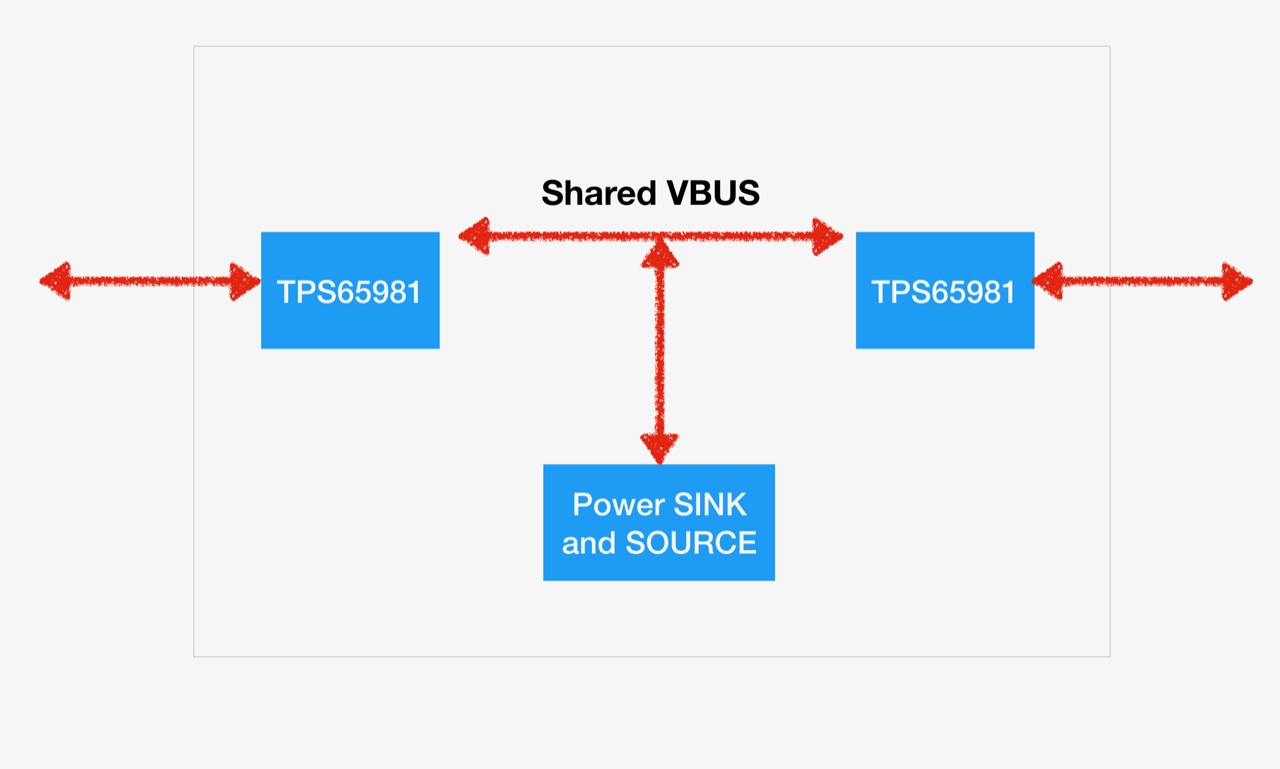Other Parts Discussed in Thread: BQ25703,
In our design, we have a step that changes from supply 5V via PP_EXT to PP_5V0config. This is approximately what happens
1. 5V is being supplied via PP_EXT
2. We receive a request for PP_EXT to be set at a different voltage.
3. In Tx source capabilities register, set PDO0NotSourcedbyPP5V0 to 0
4. Send DISC command to force the power path to switch
5. Bring PP_EXT up to 9V (or some other voltage)
The goal is for the port to receive 5V, disconnect briefly, and then receive 5V from the other power path. What I see though is that the DISC command does not disconnect the port or change the power path. Furthermore, this sequence of inputs seems to have bypassed the overvoltage detection, and I end up actually supplying 9V to a non PD peer that should be receiving 5V. This is definitely a bug, and somewhat dangerous as well. I know that step 3 is in general correct, because if I manually reconnect the usb port, it receives the correct voltage.
The DISC command is returning success, and I have not customized the lock code in any way. Is there a way to get DISC to work, or a workaround to achieve what I want?


